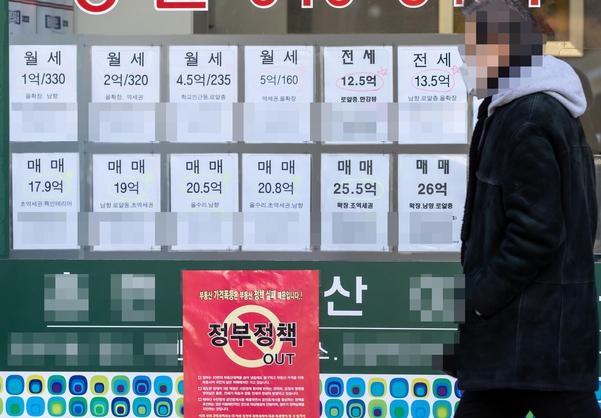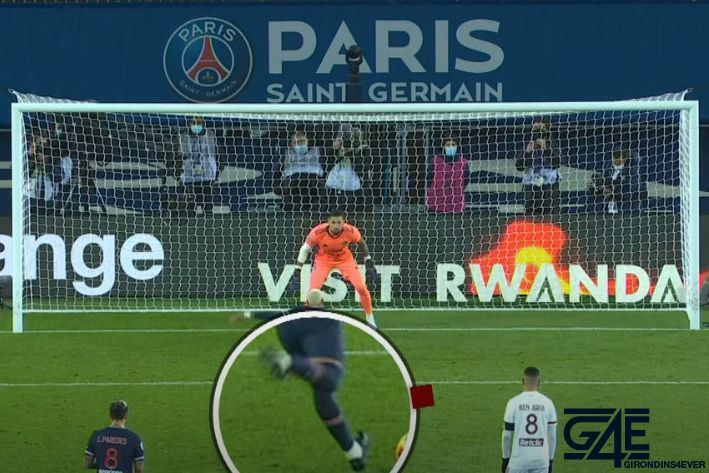Input 2020.12.28 16:30
–
The Seoul jeonse rate has been rising for three consecutive months since last September. The December jeonse rate for housing in the metropolitan area also rose 0.2%p from the previous month (64.6%) to 64.8%. It also increased for 3 consecutive months. Accordingly, the national standard housing jeonse price rate also recorded 65.4% in December, and has been on the rise for the third month.
However, the government believes that the jeonse rise has been partially reduced and that the sales are accumulating, and that it has entered a stable trend. At the 12th Real Estate Market Inspection Minister’s Meeting held at the Seoul Government Complex on the 22nd, Hong Nam-ki, Deputy Prime Minister of the Economy and Minister of Equipment, said, “In the case of the jeonse market, the rise in the jeonse market has partially decreased.” The unrest factor persisted, but as the demand for moving eased, the extent of price increase was partially reduced, and the chartered sale was also accumulating.”
In fact, according to the Korea Real Estate Agency, the rented price in Seoul rose 0.15% in the 4th week of November, but the increase decreased to 0.14% in the first week of December, followed by a similar trend in the 2nd and 3rd weeks. This is as long as the margin of rise has been negligible (0.01%P). Looking at the jeonse market, sales in Seoul increased from 11,000 in the fourth week of October to 16,000 in the second week of December, and from 13,000 in the same period to 20,000 in Gyeonggi-do.
However, real estate experts often believe that it is difficult for the jeonse to rise next year. First of all, the reason is that house prices are increasing again. According to the Korea Real Estate Agency, apartment prices in Seoul and the metropolitan area rose by 0.05% and 0.22%, respectively, in the third week of December, more than Jeonju (0.04% and 0.20%).
During the same period, apartment prices across the country also rose 0.29%, a larger increase than last week (0.27%). After 8 years and 7 months since May 2012, when the Korea Real Estate Agency started producing this statistics, it has been showing the highest increase rate for 3 consecutive weeks on a weekly basis. When the price of a house rises, it becomes difficult to arrange a home, which increases the number of consumers who turn their eyes to the jeonse market, and the possibility of a rise in jeonse.
The increase in rent is also a factor in the fact that the amount of rent scheduled for occupancy, especially for apartments, is small. Deputy Prime Minister Hong said that next year’s housing will be 460,000 nationwide and 83,000 in Seoul, but it is expected to be only a third of apartments. Currently, the jeonse crisis is mainly underway with apartments, but the quantity supplied is from many multi-family houses and officetels.
According to Real Estate 114, the number of apartments in Seoul next year will be only 29,000 households including rental housing. This is less than half of this year (49,000 households).
Seo Jin-hyung, chairman of the Korean Real Estate Association (Professor of Kyungin Women’s University) said, “As the government focuses only on the supply of housing welfare policies, there is a side that is immersed in only the number of households. Because of this, I feel that there are not so many houses to live in the market.” Said.
He added, “In particular, in the case of new lease contracts, the number of transactions is too small and there is no quantity, so the gap between prices and renewed worldwide drugs continues,” he said. “If this trend is the case, the total price will continue to rise next year.”
Jun-Seok Ko, adjunct professor at the Graduate School of Law at Dongguk University, said, “Currently, Jeon Se-Nan tends to intensify because existing sales are not circulating by removing the benefits of those who served as suppliers in the rental market such as rental companies and corporations.” “It is difficult to stabilize the jeonse market next year,” he said, as the private supply through maintenance projects has not yet been made additionally.
–
– .


